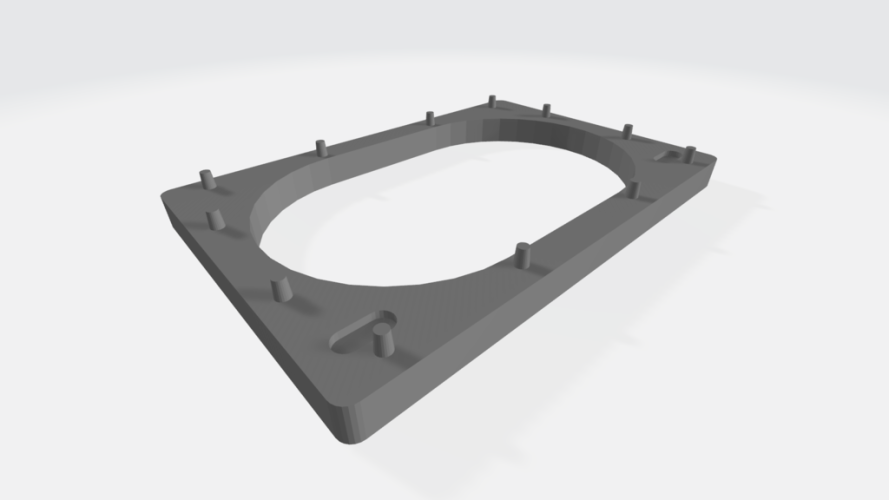EHA5 is basically a starter amp, a teaser of what the 007 is capable of.Need an Energizer recommendation for the STAX SR-007A.
This is my bedroom setup.
I started with the STAX L-300 which were considerably easier to drive than this SR-007A.
Volume is not the problem: It is missing impact especially in the mid bass. Sub bass sounds fuzzy and incomplete, like it's not in focus. It sounds like a demanding planar magnetic headphone being driven by a decent amp which doesn't have enough power.
The soundstage is flat, and dynamics are lacking.
This is not consistent with reviews of the 007A. It is a supposed to be quite impactful and dynamic sounding, but may need a better energizer than the TOPPING EHA-5.
I'm from India, importing an energizer from Mjolnir Audio might incur significant import duties and customs. The higher end Stax energizers are also an option, but offerings from Mjolnir and LTE audio are generally considered superior.
What are my options?
Your options if you don't go the Stax route is Carbon/CC for the best solid state option. Birgir is flexible with the declared value so it won't cost that much to import. Tube route is BHSE for a warmer midrange and a more airy presentation but less impactful sound to Carbon. You can just run a tube pre through the Carbon so you get the best of both worlds.
Last edited:


























